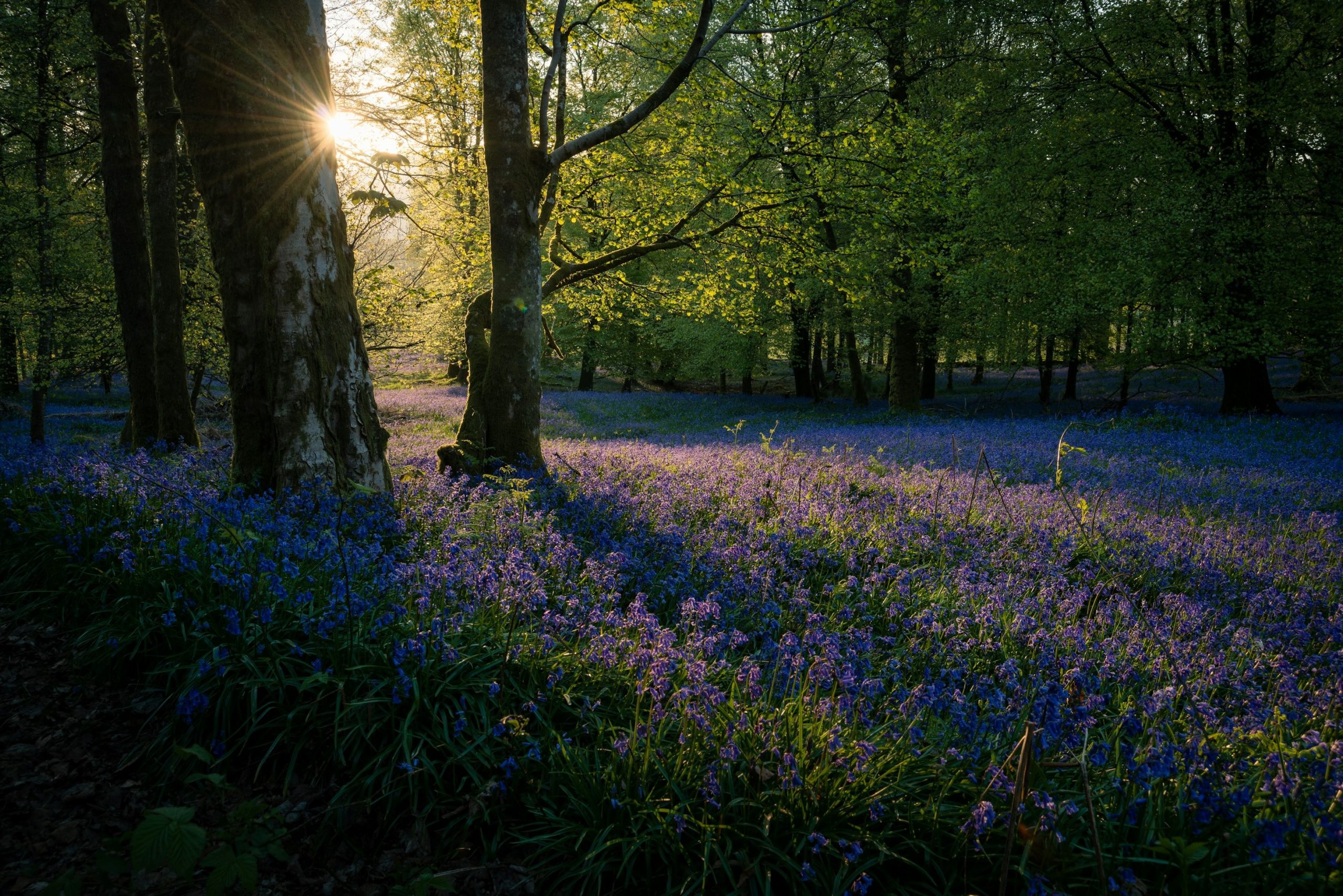


If you’ve ever gone hunting for bluebells in London, chances are you’ve ended up wandering through a park, wondering if you’re even in the right place. Most of the guides out there will throw out a quick list of “top spots,” but few of them actually give you the full picture — when to go, how to get the best views, and how to avoid wasting your time.
Bluebells are one of the UK’s most beloved springtime sights, and London has some incredible places to see them — if you know where and when to look. Hopefully, by the end of this guide, you’ll know exactly where to go and how to make the most of bluebell season.
Bluebells (Hyacinthoides non-scripta) are more than just a pretty backdrop for a springtime Instagram post. About 50% of the world’s bluebells grow in the UK, and they’re a key indicator of ancient woodland. If you spot a thick carpet of bluebells, chances are you’re standing in an ecosystem that’s been around for centuries.
Bluebell season is fleeting — blooms last for only a couple of weeks — and they’re sensitive to disturbance. That’s why it’s so important to know exactly when and where to see them. And unlike the tourist-packed cherry blossom season, bluebells are more of a local’s secret, with peaceful viewing spots tucked away across the city.
Most guides tell you where to go, but they rarely tell you when — which is the difference between seeing a dazzling blue carpet and wandering through a patch of lifeless green. If you’ve ever trekked across the city to see something that wasn’t in bloom, you’ll know exactly how frustrating that is.
So, I’m going to be real with you: here’s a quick guide to the biggest problems people face when visiting bluebells — and exactly how to solve them.
Bluebells are unpredictable. They usually bloom from mid-April to early May, but a warmer spring can push them earlier, and a colder one can delay them.
Solution:
Popular bluebell spots get busy — and nothing kills the vibe of a peaceful woodland walk like a crowd of people jostling for the same photo.
Solution:
Bluebells look incredible in person — but if you’ve ever managed to make them look dull or lifeless in a photo, you’re not alone.
Solution:
A photographer friend gave me this advice:
Some guides vaguely say “Kew Gardens” or “Highgate Wood” — but where exactly within those places should you go?
Solution:
Where is the best place to see bluebells in London?
Wanstead Park’s Chalet Wood is considered one of the most impressive bluebell spots in the city.
Where can I see bluebells in the UK?
Top UK bluebell spots include Ashridge Estate (Hertfordshire), Epping Forest, and Hardcastle Crags (Yorkshire).
Where is it best to see bluebells?
For a peaceful experience, try Oxleas Wood or Highgate Wood early in the morning.
Which place is best for bluebells?
Wanstead Park for density, Kew Gardens for a more curated experience, and Highgate Wood for a natural, untouched feel.
| Location | Bloom Timing | Crowd Level | Photo Opportunities | Entry Fee |
|---|---|---|---|---|
| Wanstead Park | Mid to late April | Low | High – Chalet Wood | Free |
| Kew Gardens | Mid-April to early May | High | Moderate – Woodland Walk | £12–£20 |
| Highgate Wood | Mid to late April | Low | High – Natural woodland setting | Free |
Recent reports suggest bluebells are blooming earlier in London due to milder winters. The National Trust reported that some bluebell populations have been flowering up to 10 days earlier than they did a decade ago. This shift means that peak bloom might now start as early as the first week of April.
London’s bluebell season is short but spectacular — and knowing when and where to go makes all the difference. If you want the full experience, plan your visit for mid-April and head to Wanstead Park or Highgate Wood for the best displays.
Ready to experience bluebell season at its best? Lace up your walking shoes and go explore London’s most beautiful springtime secret.